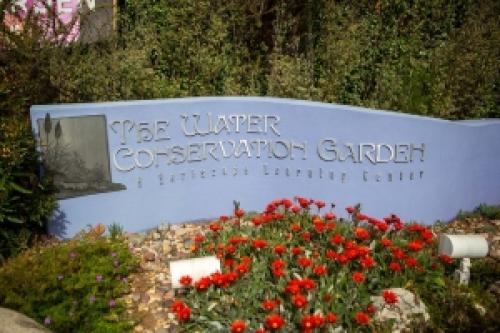HELIX WATER BREAKS GROUND ON OPERATIONS CENTER IN EL CAJON, TRANSITIONS TOWARD ZERO-EMISSION VEHICLE FLEET
By Karen Pearlman
March 27, 2025 (San Diego’s East County) -- Public water utility entity Helix Water District isn’t just about water – it’s also about energy, power and air.
On Tuesday, the district with roots dating back to 1885 got on board with the future, breaking ground at its El Cajon operations center as part of the district’s transition to a zero-emission vehicle fleet through electrification.
The $11 million electrification project will install nearly 90 high-speed vehicle chargers at the district’s operations center.

